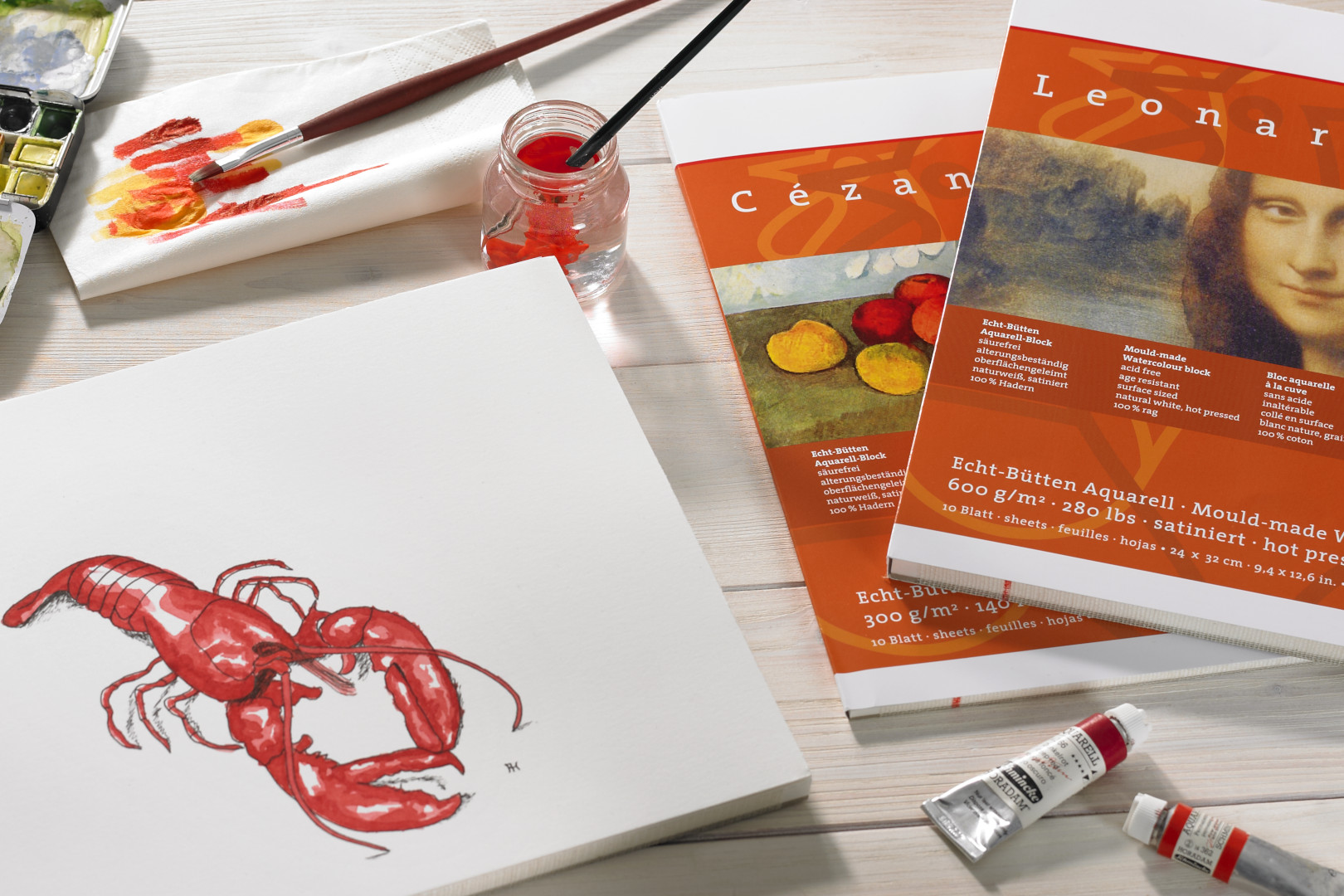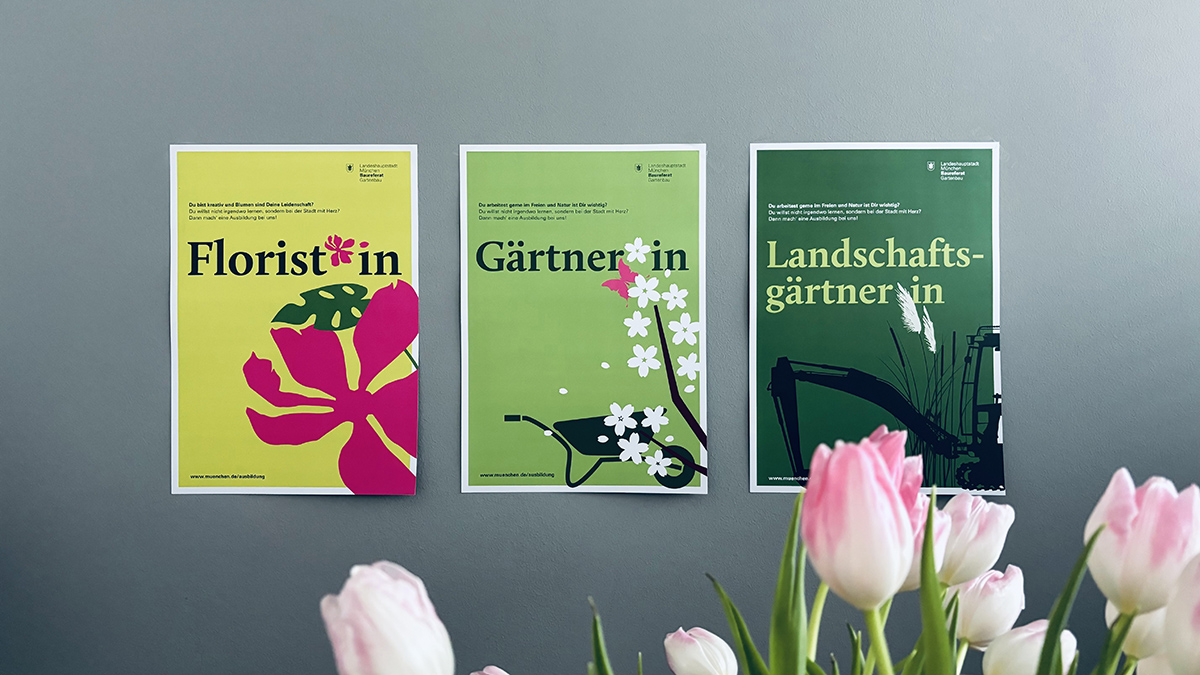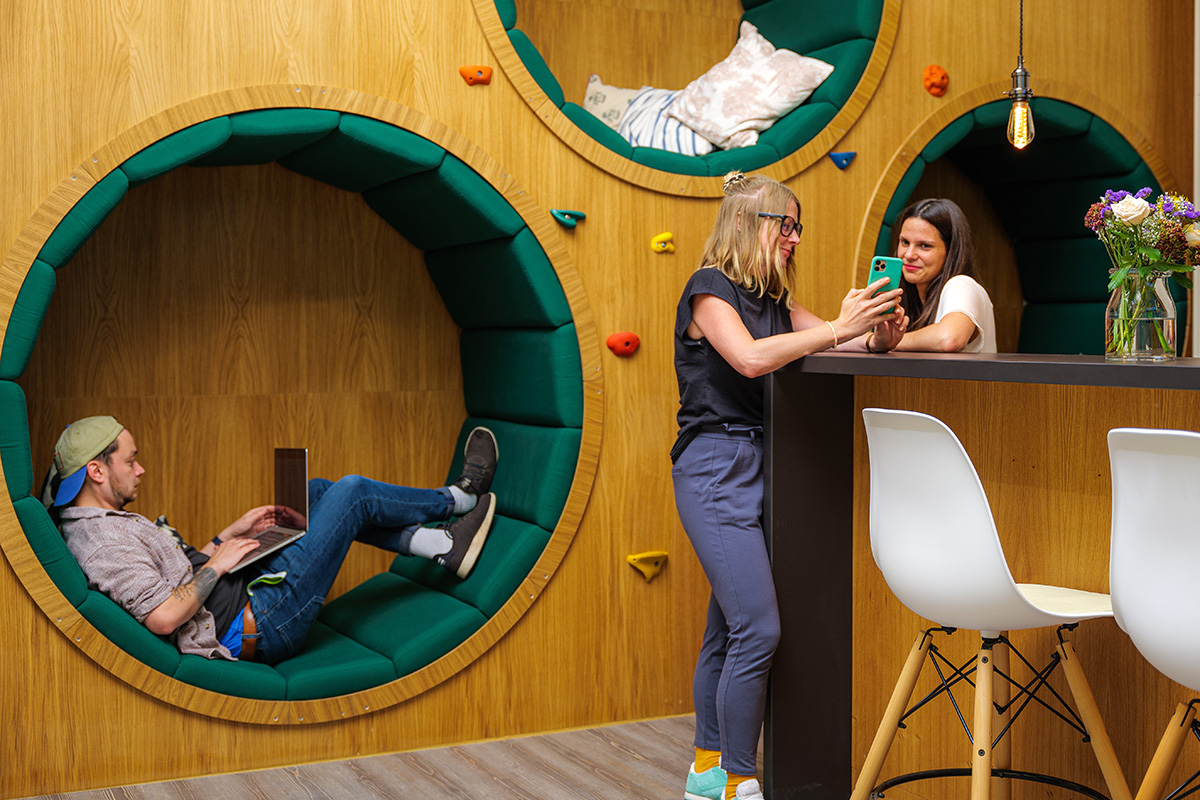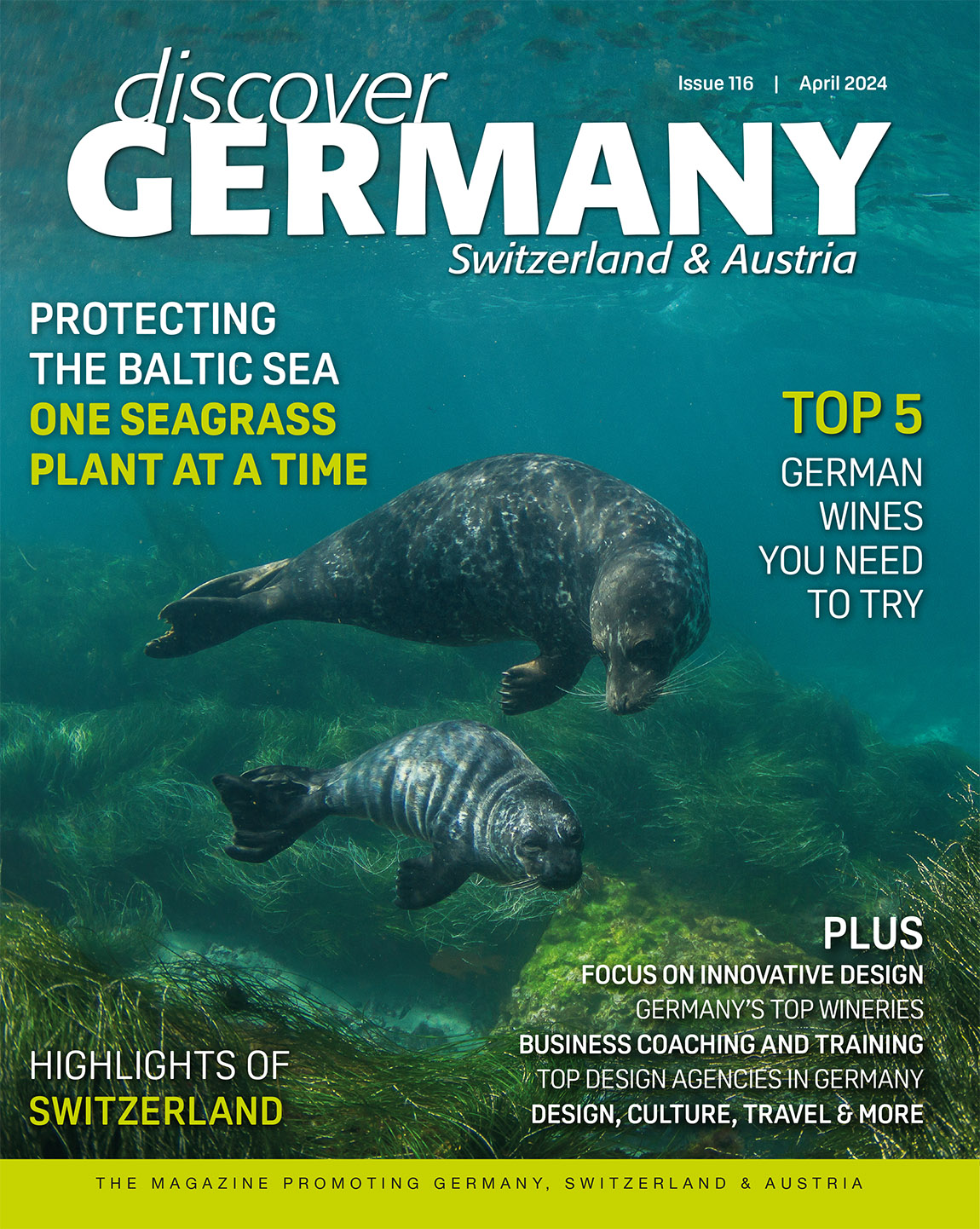430 years of innovation, quality and creativity: Making fine art paper the traditional way

Artists working with paint, as well as those who enjoy writing with ink and pen, value high-quality paper from traditional manufacturers. The German manufacturer Hahnemühle stands out among competitors, not only because of their 430-year-old tradition, but also because they continually adjust their products to modern technology.
While many companies tend to emphasise their traditions, very few could claim as much consistency as Hahnemühle. The paper manufacturer based in Dassel, Lower Saxony, was founded in 1584 and for centuries have been recognised for its outstanding quality papers and paper-making experience. “Our motto has always been quality instead of quantity,” says Ann Kristin Plüss, responsible for marketing and communication at Hahnemühle FineArt GmbH. The self-conception as traditional manufacturer relying on handcraft and innovation is essential for Hahnemühle. No machine can replace an experienced craftsman or woman: “Our employees have over the decades developed a sense and eye for paper and examine every sheet before it is sold to customers.” Today the company employs about 180 people and produces around 3,000 tonnes of high-end paper, which is distributed in 85 countries worldwide.

Papers to inspire artists
Hahnemühle has relied on the same raw materials when producing their traditional art papers until today: high-quality cellulose, cotton fibres and spring water. “We for example manufacture original mould-made watercolour paper from pure cotton, using a mould machine, traditional procedures and old recipes,” says Ann Kristin Plüss. “These papers inspire and delight painters, graphic designers, illustrators, photographers as well as artists working digitally, bookbinders or archivists.” Hahnemühle often work together with their customers to develop new products or improve existing ones.
Of course many things have changed during the last 430 years since the company was founded. Starting out as manufacturer of handmade writing paper, Hahnemühle soon extended its product line to high-quality art papers. One of the newest assortments are FineArt inkjet papers, adjusting the business to the digital era. The Digital FineArt Collection is a product range of high-quality premium coated art papers, developed for Fine Art Inkjet prints. “We are talking about genuine artist papers with different grammages and surface textures, but also canvases for high-quality art reproductions, photography and digital art,” says marketing expert Ann Kristin Plüss. Due to its quality, Hahnemühle has become world market leader when it comes to Fine Art Inkjet Papers.
The right paper guarantees high-quality inkjet prints suitable for display
The quality is astounding. The variety of surface structures combined with the haptic of true handmade and cotton papers. “Above that, the archivability properties have been internationally recognized by TIPA, BIPP and American Photo,” emphasises Plüss. TIPA is the Technical Image Press Association, BIPP stands for British Institute of Professional Photography. The paper’s premium coat keeps the distinct paper character and haptic exclusivity and at the same time guarantees detailed, long-lasting prints according to the demands of museums and galleries. The paper is certified after ISO 9706, i.e. strict standards for ageing resistant papers, something that is also important when archiving is intended. “Prints made on Hahnemühle Inkjet media are quite impressive with a wide colour range, sharp contrasts and fine tonal gradation,” says Plüss. Something that is very important for artists, galleries and exhibitions. “And because we are working together with the leading producers of fine art printers, our papers and canvases are compatible with all fine art printers using pigment and dye inks.”

Reproducing famous art
One example for the FineArt Inkjet paper use can be admired at the Albertina in Vienna in a facsimile reproduction of Dürer’s famous Young Hare printed on Hahnemühle FineArt Inkjet paper. The aquarelle painting made in 1502 is a masterpiece of observational art with an almost photographic accuracy. Therefore, the paper quality is crucial for reprints, so the fine lines recreating the hare’s fur and the fine gradations in shade and colour are reproduced in detail and will not be lost due to smudges or bleeding colours..
Innovations like these are keeping the traditional paper mill alive – even after more than 430 years manufacturing paper at the same location. The company’s emblem of a red rooster – ‘Hahn’ means rooster in English, and ‘Mühle’ is the German word for mill – today is an indication for quality paper. With papers for watercolour, sketch, mixed media, pastel, oil and acrylic paints, Hahnemühle has a range of papers for nearly every requirement.
TEXT: JESSICA HOLZHAUSEN | PHOTOS: HAHNEMUEHLE
Subscribe to Our Newsletter
Receive our monthly newsletter by email




